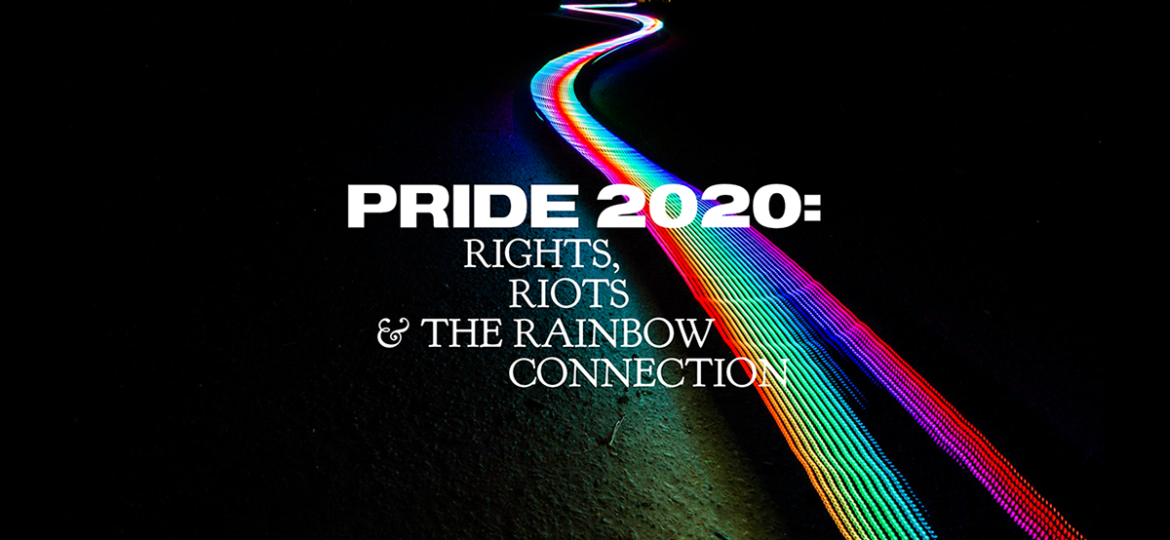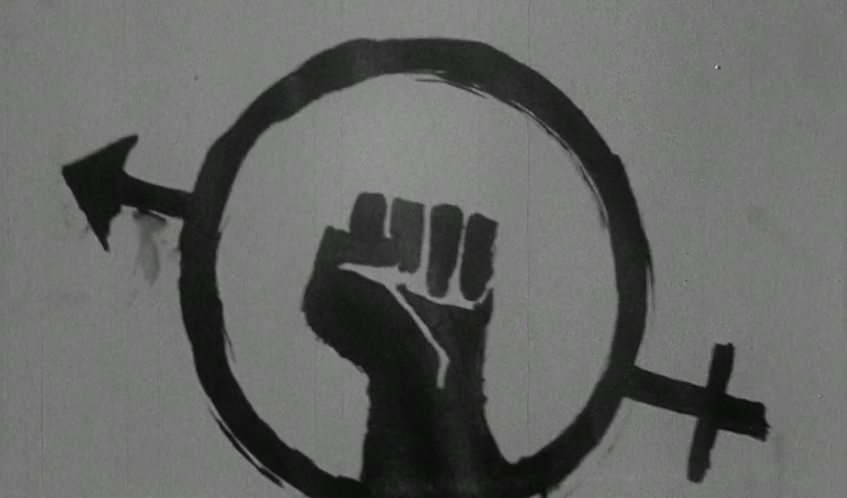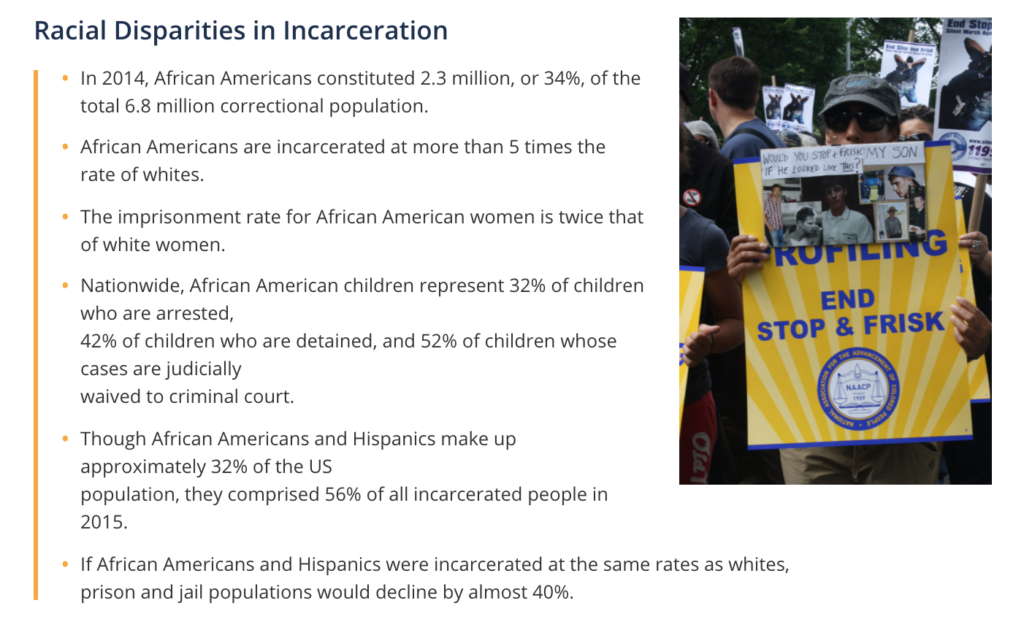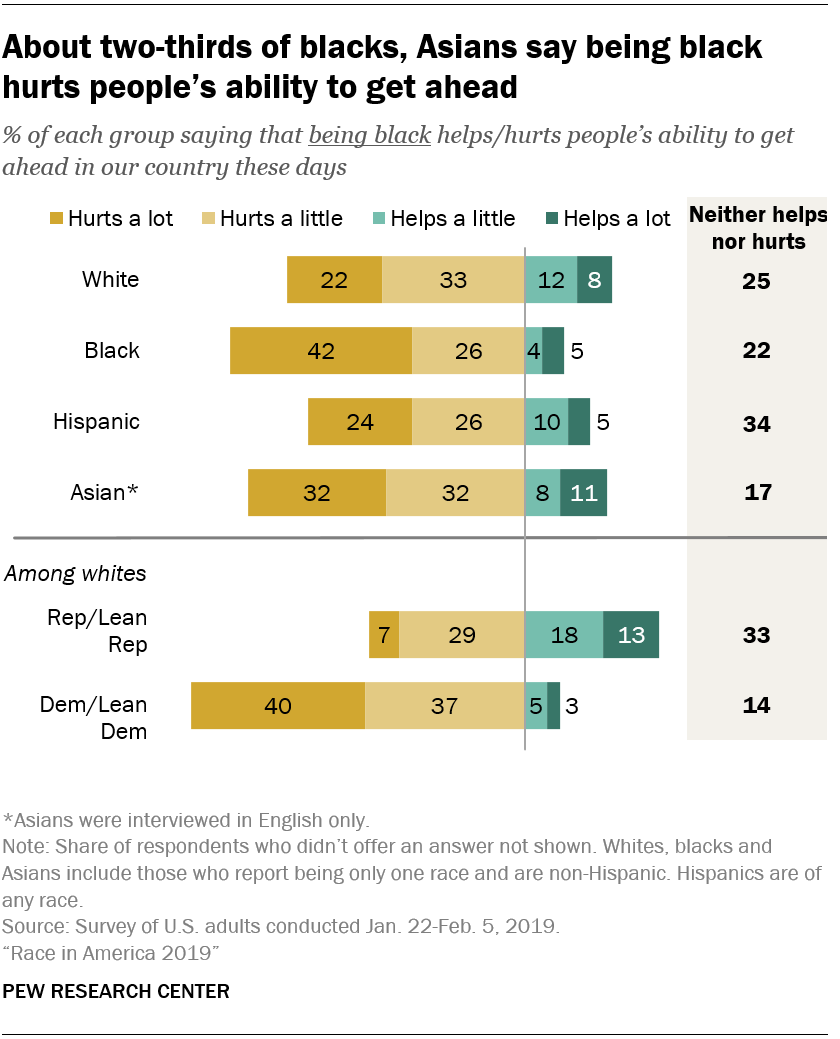
Someday we’ll find it
The Rainbow Connection
The lovers, the dreamers and me
—Kermit the Frog
It’s June. (IT IS?! I wasn’t aware time had meaning again.) LGBTQ+ Pride 2020 is here. For our beloved city—which, for the past five years, has scored a perfect 100 on the Human Rights Campaign’s annual Municipal Equality Index (MEI)—this typically means St. Pete Pride, a week-long celebration of unity, visibility and love. St. Pete Pride is Florida’s largest Pride celebration and USA Today‘s #2 Pride festival to attend in 2019. But, along with almost all public events scheduled for June, the festival was postponed (and then canceled altogether) due to COVID-19. The organization sent out a press release stating:
After careful consideration and thorough exploration of alternatives with the city of St Petersburg, the Board of St Pete Pride has made the difficult decision to cancel all large in-person events originally scheduled for June 22 – 28, 2020. The initial hope was to postpone these events. However, the level of uncertainty and lack of clear guidance from experts prompted the decision to cancel as the Board deemed the health and safety of our community, both near and far, most important.
This is obviously a bummer for the city, its people and its businesses. And for festival-goers who couldn’t wait to finally try body glitter (me). Last year alone, St. Pete Pride brought in roughly 250,000 attendees and $67.2 million. That’s nothing to sneeze (into your elbow, and then immediately wash your hands) at.
A BRIEF HISTORY OF PRIDE
Of those 250,000 St. Pete Pride attendees last year, only 14 knew anything about Pride’s history, according to a study I just made up to create this segue. That’s atrocious! FOURTEEN?! OUT OF 250,000?! No. Again, this isn’t factual information. “You’re losing me, Court. How can I trust you after that world-class dupe you just pulled?” When you’re older, you’ll come to realize I was only looking out for your best interest. Your mother and I are proud of you.
BRENDA HOWARD

Speaking of mothers (nailed it), bisexual activist, Brenda Howard, is considered to be “The Mother of Pride.” In July of 1969, one month after the Stonewall riots, Howard organized a rally. One year after Stonewall, she and a committee planned Gay Pride Week and the Christopher Street Liberation Day Parade. This week and parade evolved into the New York City Pride march and Pride festivals as we now know them around the world. Thanks to Ms. Howard, LGBTQ+ folks can be ourselves—completely and authentically, and without judgment—at least one day a year. That’s one day more than millions of our fore-queers and middle America sisters, brothers and non-binary siblings have ever gotten to experience. Thank you, Brenda.
But. If we really want to understand the importance of Pride, we have to dig deeper.
STONEWALL
“The Stonewall Riots, as they became known, made one thing clear—the LGBT movement needed to be louder and more visible. Nothing was going to change if they continued their passive, non-threatening tactics.” — Holland, Brynn. “How Activists Plotted the First Gay Pride Parades.” History. 28 June 2019. Web. June 2020.
The events that occurred at the Stonewall Inn in the wee hours of the morning on June 28, 1969 will forever live in LGBTQ+ history. The police staged a raid at Stonewall, an alleged mafia-run gay bar in Greenwich Village, New York City. Throughout the state, it was illegal to serve alcohol to a gay person until 1966. And in 1969, being a homosexual was still considered a criminal offense. A CRIMINAL OFFENSE. Merely 51 years ago.
These multi-angled legal limitations led many gay havens to operate without liquor licenses—essentially providing a welcome mat for raids and police brutality. This phenomenon wasn’t isolated to the coasts; police raids on gay bars were occurring all across the U.S during this time.

So what actually happened during the Stonewall Riots?
On June 28, 1969 at around 1:15 a.m., plainclothes NYPD officers arrived at the Stonewall Inn. They justified a raid with a search warrant, which authorized them to investigate illegal alcohol sales at the establishment. They interrogated the patrons, as they had during prior raids, and arrested 13 people. But this time, it was different.
“The turning point came when the police had difficulty keeping a dyke in a patrol car. Three times she slid out and tried to walk away. The last time a cop bodily heaved her in. The crowd shrieked, ‘Police brutality!’ ‘Pigs!’ A few coins sailed through the air…escalated to nickels and quarters. A bottle. Another bottle.” — Smith, H. (1969, July 3). Full Moon Over the Stonewall. The Village Voice (v.XIV), pp. 1+
In an interview with USA Today last year, Titus Montalvo, a hairdresser and makeup artist who was 16 at the time of the riots, said, “The majority of people at Stonewall were either drag queens or gay men of color.” In his book, “Stonewall: The Riots That Sparked the Gay Revolution,” writer David Carter mentions “three individuals known to have been in the vanguard of the pushback against the police at the uprising.” These people are Zazu Nova, Jackie Hormona and Marsha P. Johnson.
MARSHA P. JOHNSON

Born Malcolm Michaels Jr., Marsha P. Johnson was an American activist and self-identified drag queen. According to Susan Stryker, human gender and sexuality studies professor at the University of Arizona, Johnson’s gender expression could perhaps be called “gender non-conforming” these days, but the phrase, and term “transgender,” were not in the cultural lexicon at the time.
Johnson was an outspoken advocate for gay rights: a founding member of both the Gay Liberation Front, and the advocacy organization, S.T.A.R. (Street Transvestite [sic] Action Revolutionaries). Johnson also modeled for Andy Warhol, and performed on stage with the drag performance troupe Hot Peaches.
Some have credited Johnson for throwing “the shot glass heard around the world”; Johnson has denied it. Legend has it that police set fire to the Stonewall, stoking both the literal and metaphorical flames of the riot, and Johnson “threw a shot glass at a mirror in the torched bar screaming, ‘I got my civil rights!'”
BLACK PRIDE

To be completely honest, I had 95 percent of this blog post finished—written about the history of LGBTQ+ Pride, the importance of Pride festivals, and ideas for ways to celebrate in spite of a pandemic. But while the ink on Ahmaud Arbery‘s death certificate was still drying, George Floyd was killed by a white police officer in Minneapolis. After that, my dog costuming recommendations certainly didn’t hold as much cultural water.
Black people and LGBTQ+ people have had to endure similar discrimination throughout history. Both groups have been treated as second-class citizens. Both groups have been physically and emotionally abused for factors out of their control (i.e., the color of one’s skin, sexual orientation and gender identity). There is, however, one major distinction between the two. Slavery is a uniquely Black experience. One that, even as a queer person, I can’t begin to imagine the generational effects of.
In 1963, Dr. Martin Luther King, Jr. had a dream that one day, the nation would would rise up and live out the true meaning of its creed: “We hold these truths to be self-evident, that all men are created equal.” Nearly 60 years later, people of color are still waiting for equality.
PROTESTS
Contrary to Dr. King, human rights activist, Malcolm X, initially opposed non-violence as a means of attaining freedom. As written in his 1964 speech, “The Ballot or the Bullet,” “Black people are fed up with the dillydallying, pussyfooting, compromising approach that we’ve been using toward getting our freedom. We want freedom now, but we’re not going to get it saying ‘We Shall Overcome.’ We’ve got to fight until we overcome.“
In 2016, when tensions in Charlotte, North Carolina over the shooting of Keith Lamont Scott quickly boiled over into violence, looting and riots, many people on social media questioned why participants would destroy their own communities. UCLA professor, Darnell Hunt, has the answer. “People participate in this type of event for a real reason,” he says. Hunt has studied the 1992 Rodney King riots in Los Angeles extensively. “It’s not just people taking advantage. It’s not just anger and frustration at the immediate or proximate cause. It’s always some underlying issue.“
An issue, like say, this?

The rate at which black Americans are killed by police is more than twice as high as the rate for white Americans. The above is a non-comprehensive list of deaths at the hands of police in the U.S. since Eric Garner’s death in July 2014.
Or this?

Or this?

Honestly, I would’ve understood if the issue were merely “La La Land.” That being said, I enjoyed the film. It’s enjoyable by design. THIS IS HOW THEY GET US.
Jokes aside, I’d like to remind people, at this juncture, that the protestors are protesting—it’s the looters who are looting.
And then there are these people. Heavy sigh.
WHAT YOU CAN DO
I’ve learned through personal experience a friend that the best thing you can do for your UNRELENTING RAGE is to take positive action. Check out the resources below to get involved locally and nationally.
#BlackLivesMatter & #PRIDE2020
• A list of resources for supporting the Black Lives Matter movement
• Bail funds and other organizations fighting against oppression
• How to help Black Lives Matter: 9 things you can do for the George Floyd protesters right now
• George Floyd Was Murdered. We Must Not Be Silent—Here’s How to Help
• Here’s How You Can Support the Black Community & the National Movement Right Now
• LGBTQ Pride Month and Education Resources
• Each Mind Matters: LGBTQ Pride Resources
• The Trevor Project — Saving Young LGBTQ Lives
IN CONCLUSION
I hope it’s clear that I use humor as a tool to soften the more hardened edges a bit. To balance out the nefarious reality in which we live. We live in a #CancelCulture where privileged people are allowed to wear outrage as an identity, but an unarmed black kid with Skittles in his pocket is somehow a threat that warrants murder.
We must reflect upon our colorful past (I’m sorry) in order to learn from it. We must fully digest the words of the people who, 60 years ago, were telling us the EXACT. SAME. SH*T. that proponents of equality are telling us today. We don’t always have to agree, but we do have to respect one another. We have to change our collective perspective from anti-upheaval to pro-peace.
For Kermit the Frog (and Elphaba, if we’re on the subject), it wasn’t easy being green. These days, it’s not easy being black, brown, or queer. But “The Rainbow Connection” is about faith. It’s about seeing something—hope—that other people may not see. The “Connection” is a tether from our dreams to our reality; and a hope that, one day, the two will be one and the same. Just as hope is something that can only exist if it is believed, hope can inspire people to do great and powerful things.
Why are there so many
Songs about rainbows
And what’s on the other side
Rainbows are visions
They’re only illusions
And rainbows have nothing to hide
So we’ve been told and some chose to
Believe it
But I know they’re wrong wait and see
Someday we’ll find it
The Rainbow Connection
The lovers, the dreamers and me


What a great read. Thank you for sharing.
Thanks for reading & commenting. #BLM #Pride2020
Thank you, Court, for this beautifully written narrative.
Thank you for reading.